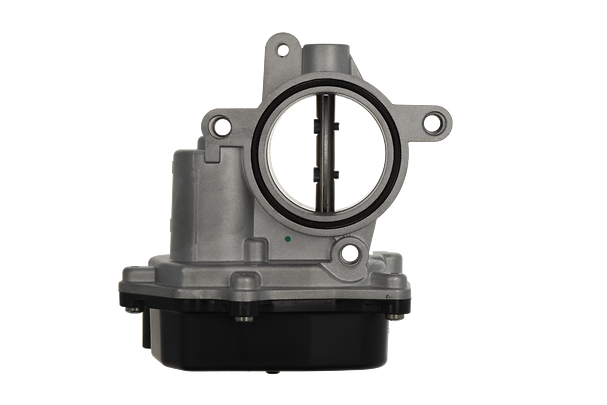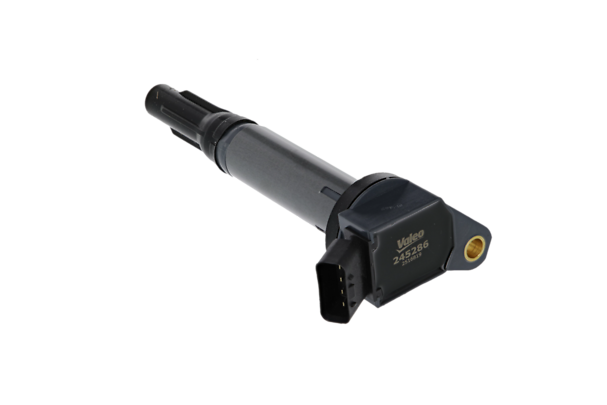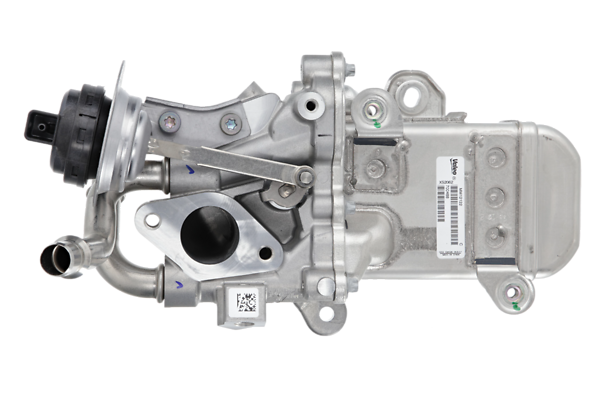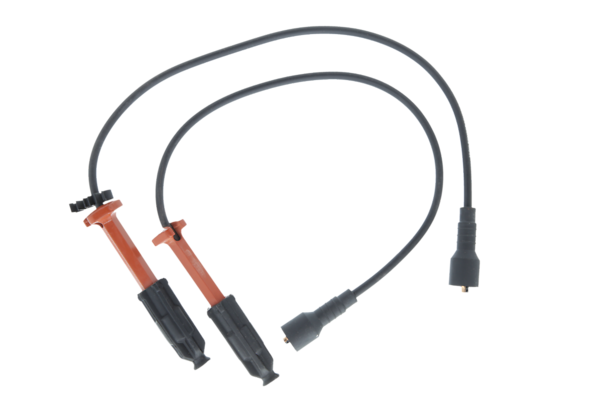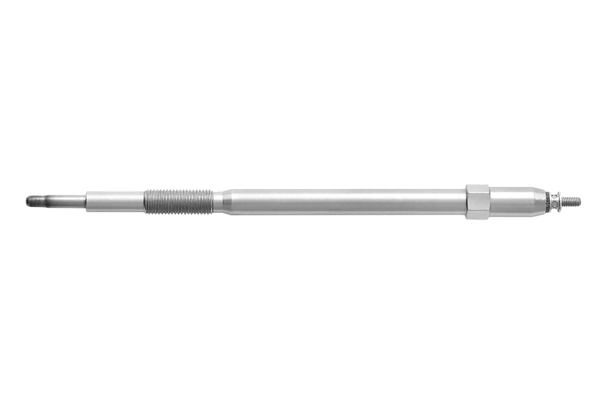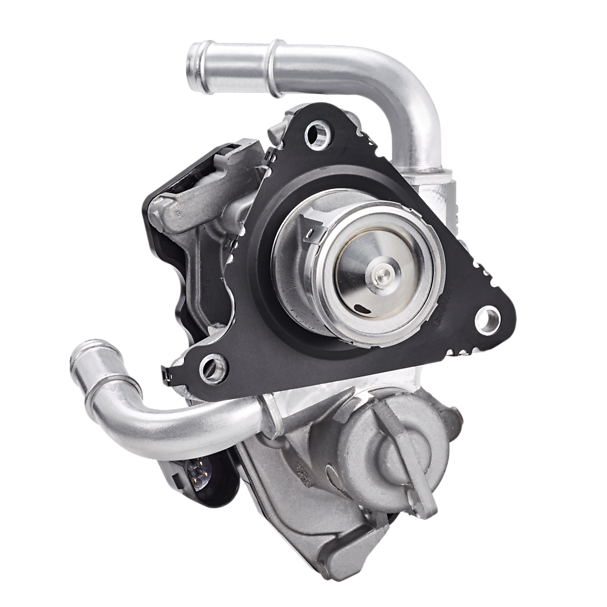Engine Sensors for Cars

The Rise of Engine Sensors
New vehicles are increasingly equipped with more engine sensors, sometimes more than 100 sensors per vehicle in high-end cars – and that trend looks set to continue.
Valeo has been a global powertrain sensors specialist for more than 40 years. They bring that experience and expertise to the independent aftermarket with an Original Equipment (OE) quality range of engine sensors.
A Continuous Range Extension
Over 1700 references are currently available for the 19 types of engine sensors , including mass air flow meter sensors (MAF), air intake temperature sensors, temperature manifold air pressure sensors (TMAP), camshaft sensors, knock sensors, crankshaft sensors, speedometer sensors, oil pressure sensors, oil level sensors, oxygen sensors, exhaust gas temperature sensors (EGT), fuel pressure sensors (FPS), booster pressure sensors (BPS), liquid fuel pressure sensors, common rail sensors, Gasoline Direct injection sensors (GDI), exhaust back pressure sensors, differential pressure sensors, manifold absolute pressure sensor (MAP), transmission pressure sensor (TPS).
Valeo continues to extend its engine sensors range to offer a one-stop-shop purchasing experience.
Added Value
Reasons to Choose Valeo Engine Sensors
- A premium range in which you can trust
- OE specifications - no compromise on performance and durability
- Perfect fit and easy installation
- Genuine technical support to help you service more efficiently
Speed Sensor
What is A Speed Sensor?
The speed sensor contains a pulse generator that converts the mechanical rotating movement into an electric signal to the speedometer through the Electrical Control Unit (ECU). This is mechanically driven from the gearbox in vehicles without ABS (before 2004). Inside the gearbox, the output shaft contains a gear wheel which rotates with the shaft. Linked to this gear wheel, and driven by it, is a small pinion gear, speedometer drive pinion.
Oxygen Sensor
What is An Oxygen Sensor?
Oxygen sensors, also known as Lambda sensors, are critically important for your vehicle. They work by comparing measurements of the remaining oxygen concentration in the exhaust gases and the oxygen content in the ambient air. They are the most effective way to monitor and regulate the combustion process. They control the air-fuel mixture ratio and ensure that the engine works at the optimum level.
Mass Airflow Meter
What Is a Mass Airflow Meter?
The Mass Airflow Meter measures the air density flowing into the vehicle’s air intake. The information provided helps the ECU deliver the proper mix of air-fuel mixture to the engine and the spark timing. The MAF measures the volume of air and compensates for its density.
Camshaft Sensor
What is A Camshaft Sensor?
The camshaft sensor monitors the engine speed and valve position and determines which cylinder is firing to synchronize the injector and the coil firing sequence. It sends signals to the Engine Control Module (ECM) to control the fuel injection, ignition timing and other functions. The camshaft sensor is essential for maintaining correct engine timing and proper engine function.
Crankshaft Sensor
What is A Crankshaft Sensor?
The crankshaft sensor detects the rotation speed and position of the crankshaft. This sensor sends information to the ECU to control the timing of fuel injection and the ignition system. It measures the RPM speed and is often mounted near the flywheel, which is a rotating TDC target (top dead centre.)
Oil Pressure Sensor
What is An Oil Pressure Sensor?
The oil pressure sensor measures the oil pressure in the sump and delivers the data to the ECU and the engine oil pressure gauge. In case of low engine oil pressure, the ECU will inform the driver and adopt control measures automatically to protect the engine.
Air Intake Temperature Sensor
What is An Air Intake Temperature Sensor?
The air-intake temperature sensor is mounted on the air intake manifold, detecting the mass airflow and sending a signal to the ECU. It detects boosts in air temperature by working in two stages with the mass airflow sensor, which also includes a temperature sensor.
Knock Sensor
What is A Knock Sensor?
The knock sensor detects the engine noises through different frequencies and sends a signal to the ECU. The ECU uses this information to limit the spark advance to prevent detonation from occurring. Every vehicle is equipped with a knock sensor for the control unit to the ignition system to anticipate a knock or detonation.
TMAP Sensor
What is A TMAP Sensor?
The temperature manifold air pressure sensor (TMAP sensor) detects the mass airflow and the pressure and sends this information as a signal to the ECU.
Oil Level Sensor
What is An Oil Level Sensor?
The oil level sensor ensures that the engine oil level does not become dangerously low without being noticed, which could cause damage to the engine. It can measure the oil level continuously, both in the dynamic and static range.
Exhaust gas temperature sensor (EGT)
What is an exhaust gas temperature sensor (EGT)?
According to the Euro Standard the exhaust system now has many parts which act on the reduction of a vehicle’s pollutant emissions.
The Exhaust Gas Temperature Sensor is one of them.
This sensor, used on both petrol and diesel engines, measures the temperature of the exhaust gas and sends this information to the ECU as a voltage signal to regulate engine conditions and effectively reduce emissions.
Fuel Pressure Sensors
The fuel pressure sensors category includes the gasoline direct injection sensors (GDI), the common rail pressure sensors, the liquid fuel pressure sensors.
Gasoline Direct Injection Sensor (GDI):
Measures the fuel pressure in the high-pressure fuel rail of engines with gasoline direct injection (GDI) to ensure the exact metering of the injected fuel mass.
Position:
Sensors are located on the fuel rail of gasoline engines.
Benefits:
- Increased fuel economy and reduced emissions
- Sensors prevent fuel rail pressure inconsistencies that cause engine stalling, poor acceleration and difficulties while starting the engine
Common Rail Pressure Sensor:
Monitores the fuel pressure that is present at the fuel rail. The sensor sends this signal to the ECU, which then uses it to make adjustments to the vehicle’s fuel and timing. When this sensor has an issue it can cause problems with the performance of the vehicle.
Position:
Sensors are located on the fuel rail of a diesel engine.
Benefits:
- Increases fuel economy and reduce emissions
- Prevent fuel rail pressure inconsistencies that cause engine stalling, poor acceleration, and difficulties while starting the engine
Liquid Fuel Pressure Sensor:
Accurates sensing of fuel pressure for on-demand, variable flow fuel systems. Fuel compatibility: gas, diesel, blends. Improves evaporative emissions.
Position:
Sensors are part of the fuel pump or mounted on the fuel line / fuel delivery module inside of the tank.
Benefits:
- Support fuel pump speed to optimize injection strategy
- Prevent diesel filter from clogging and gasoline vaporization
- Enable CO2 emission reduction
- Prevent engine from stalling
Exhaust Pressure Sensors
The exhaust pressure sensors category includes exhaust back sensors and differential pressure sensors (PDS).
Exhaust Back Pressure Sensor (EBP):
Measure the exhaust back pressure directly after the cylinder, enabling the engine control unit to regulate valve timing and avoid knocking. Protect both the engine and the turbocharger from overpressure.
Position:
In diesel engines, sensors are typically located before the turbocharger in the exhaust manifold for turbo control and protection. In gasoline engines, sensors are typically located in the EGR loop before the EGR valve to measure the EGR flow in specific conditions (low flow).
Benefits:
- Protect both the engine and the turbocharger from overpressure
- Increase fuel economy and performance
Differential Pressure Sensor (DPS):
Signals when aftertreatment system particulate filter needs to be regenerated for efficient emissions reductions. Detects cracks and other issues with the particulate filter. Closed loop feedback for exhaust gas recirculation (EGR) flow control.
Position:
Sensors are located in the exhaust manifold outlet of the exhaust system.
Benefits:
- Minimize the amount of soot, which is emitted from the vehicle’s exhaust system
- Determine if the filter needs to be cleaned or replaced to avoid clogs
- Ensure the EGR system functions properly
Booster Pressure Sensor:
Measures the boost pressure inside the intake pipe to help the ECU calculate the turbo boost pressure for turbocharged engines and the fuel injection values for naturally aspirated engines.
Position:
Sensors are located on the compressor.
Benefits:
- Optimizes engine performance for emissions control, fuel economy and engine performance
- Measures airflow
Manifold Absolute Pressure Sensor (MAP):
Measures pressure of intake air for optimized fuel injection. A faulty sensor affects the air fuel ratio and therefore engine’s performance.
Position:
Sensors are located near or directly on the air intake manifold
Benefits:
- Optimizes engine performance for emissions control, fuel economy and engine performance
- Measures airflow
Transmission Pressure Sensor:
Measures the hydraulic oil pressure in different transmission applications and helps to determine the shifting pressure precisely and reliably.
Position:
Sensors are located in / on gearboxes.
Benefits:
- Ensure smooth gear change
Sensor specialist :
In compliance with Valeo’s industrial standards, Valeo EGt offer covers all the major car manufacturers on the European market.
Easy fitting :
The EGT offers the benefits of plug and play architecture designed to be perfectly adapted to vehicles.
Discover our top EGT references in Europe and all our offer in our catalogs: ⤵︎
| Valeo injector reference | Main application for | Models |
|---|---|---|
| 348200 | OPEL | Corsa E |
| 348208 | FIAT | Punto I |
| 348353 | FIAT | 500 |
| 348217 | RENAULT | Clio II |
| 348201 | FORD | Fiesta VI |
| 348205 | HYUNDAI | Accent IV |
| 348219 | PEUGEOT | 207 |
| 348235 | VW | Polo |
| 348225 | VW | Polo VI |
| 348211 | PEUGEOT | 307 |


